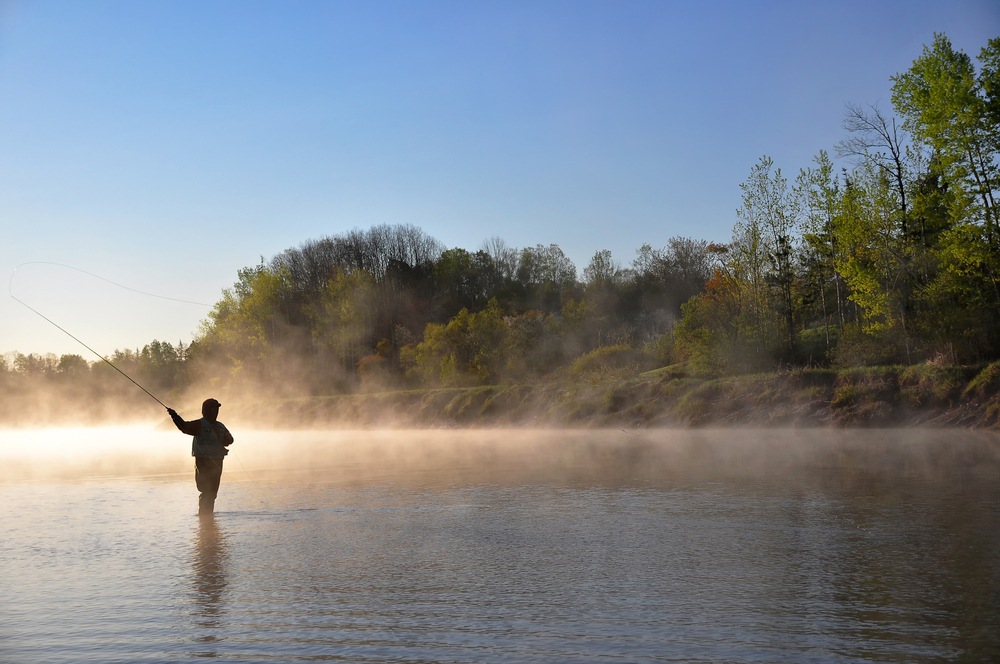So you want to learn how to cast a fly rod? I learned to fish with a cheap department store rod with the classic red and white bobber on the end of my line. Worms were my bait of choice without much understanding that there we even other options. I caught my fair share of sunfish but it all seemed to be a random game of lobbing stuff into the lake over and over until something bit.
Fast forward many years and I’ve learned to use different baits etc, but was still clueless about fly fishing. I’d seen guys staked out in the middle of the river, seemingly waving their rod in the air, not sure if they were casting a spell or doing something to land a fish.
What Makes Fly Fishing Unique?
When you want to teach someone to use a spin rod they pick up the concept pretty quick as it is like throwing a ball. The weight of the lure is at the end of the line, and will sail out as you release. Fly casting on the other hand is totally unlike that in that the flies weigh next to nothing so have no mass to throw.
Instead it is the line that is weighted which requires a whole different technique to cast effectively. Rather than a weight at the end of a chain, think of is more like a bull whip. The combination of weighted line and flexible rod at key to casting a fly. Through technique and timing, energy is transferred down the line to rod where you can redirect it and place your fly on its intended target.
Much like archery or golf, much of the attraction of fly fishing is striving for the mastery of the cast. It is a skill you can work on in the backyard or local soccer pitch. There is something in our brain that gives us a great sense of purpose when learning and mastering as skill. You practice over and over until there is that feeling of getting it right. We chase that feeling.
While some days are just heading out to fish, for many, fly fishing is a meditative pursuit where we never attain perfection but delight in the pursuit of improvement.
Setting Up Your Fly Rod
Before you can start casting you will need to set up your rod.
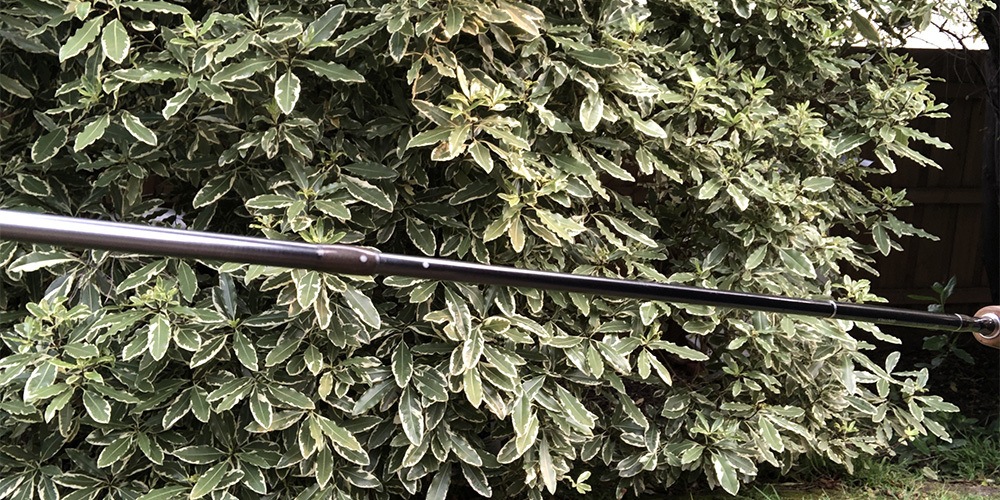
1 – If you have a multi-piece rod put them together lining up the line guides. The thickest segment will be the handle and the thinnest will be at the tip.
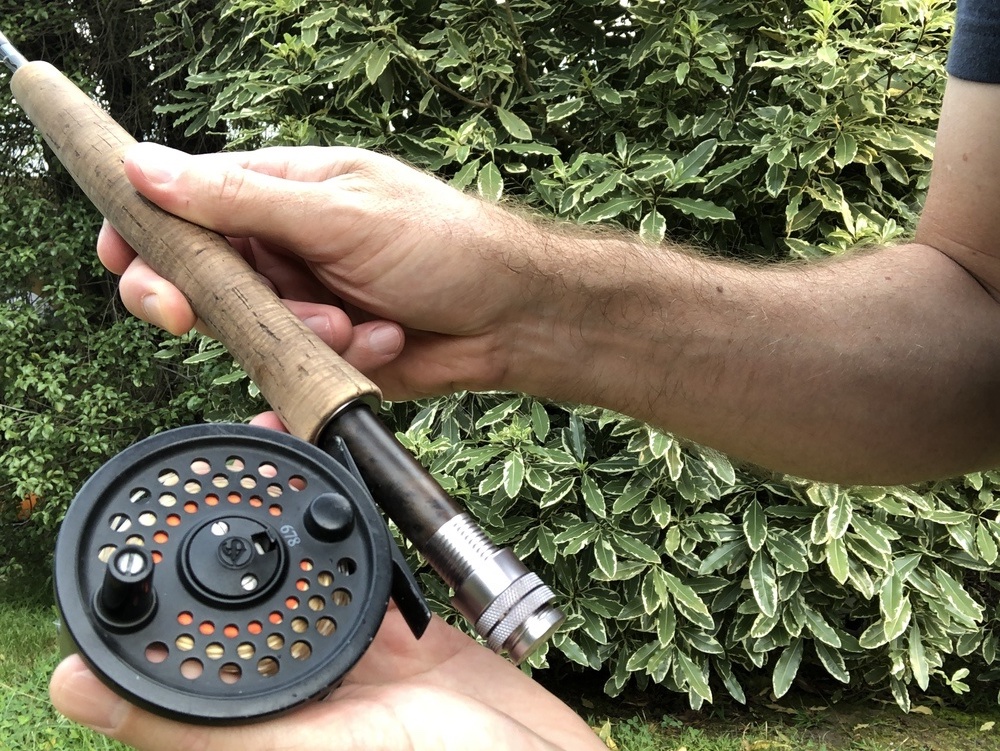
2 – Attach the reel to the reel seat on the rod. Feed the line through the line guides.
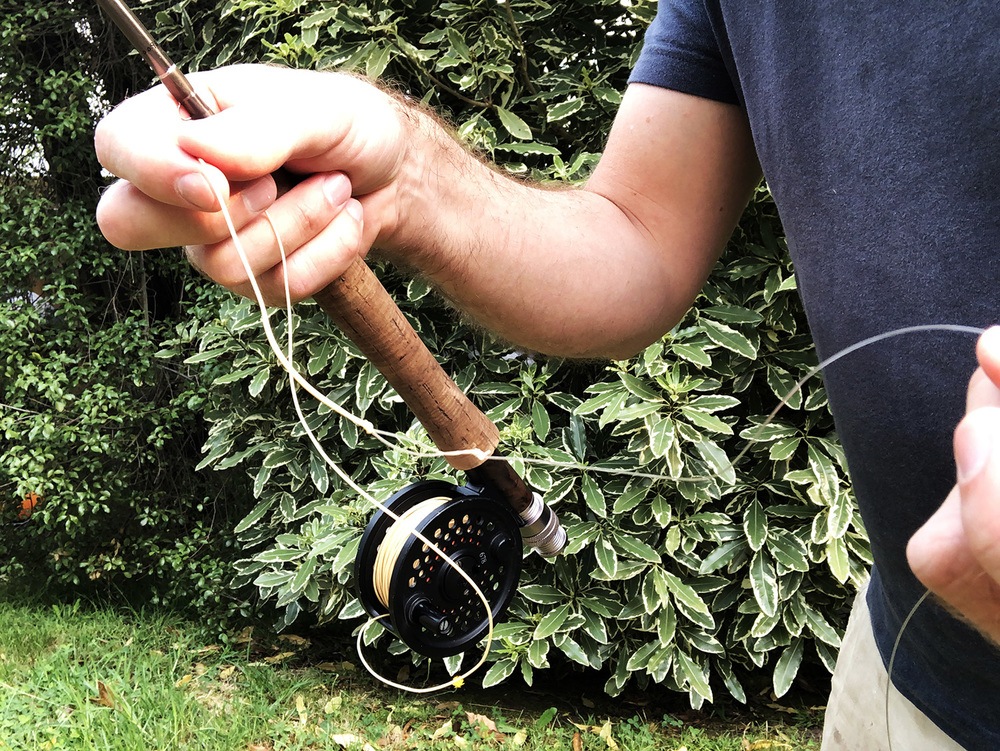
3 – Tie a leader to the fly line and then tie your tippet to the leader. A nail knot is a good knot to attach the tippet as it is very low profile and secure.
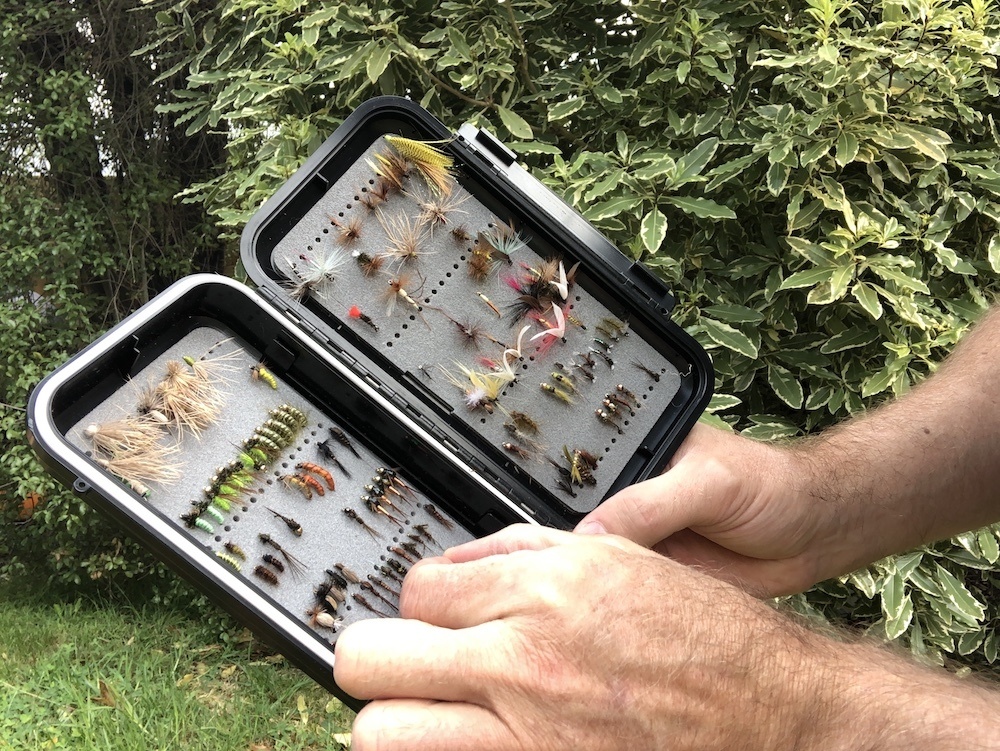
4 – Tie your fly of choice to the tippet.
The Mechanics Of The Cast
Since there is little weight at the end of the line, a fly rod requires you to build up and release energy with the weight of the line and flex of the rod. It may be hard to visualize and may seem that way in practice but once you get the rhythm and feel you will start to wrap your head around it.
Overhead Casting
The most common type of casting is overhead as it gives you the most range and control. To do this you must have an open area behind you so you line won’t get tangled.
The overhead cast is broken into two parts, the back cast which initiates the movement and the front cast that puts your line onto the water.
Start with 10-15 feet of line pulled out and floating in the water. If you are practicing then it can be on the grass.
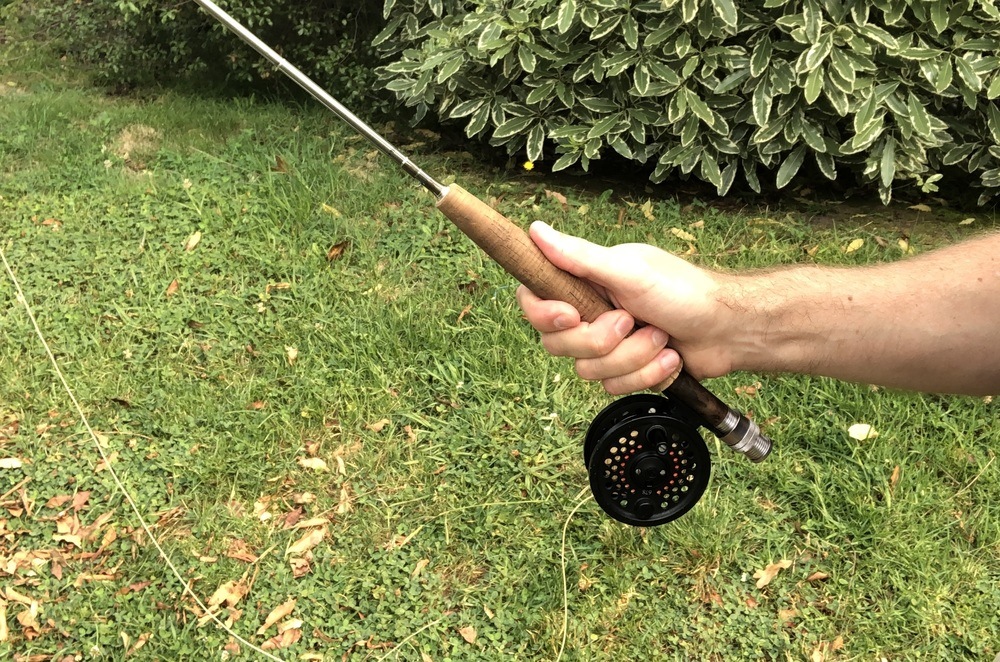
You will hold the rod in your dominant hand with your thumb aligned with the rod. Your grip should be firm but relaxed with the tip of the rod down. If the line is in a jumble in the water move the tip of the rod slowly side to side to spread out the line.
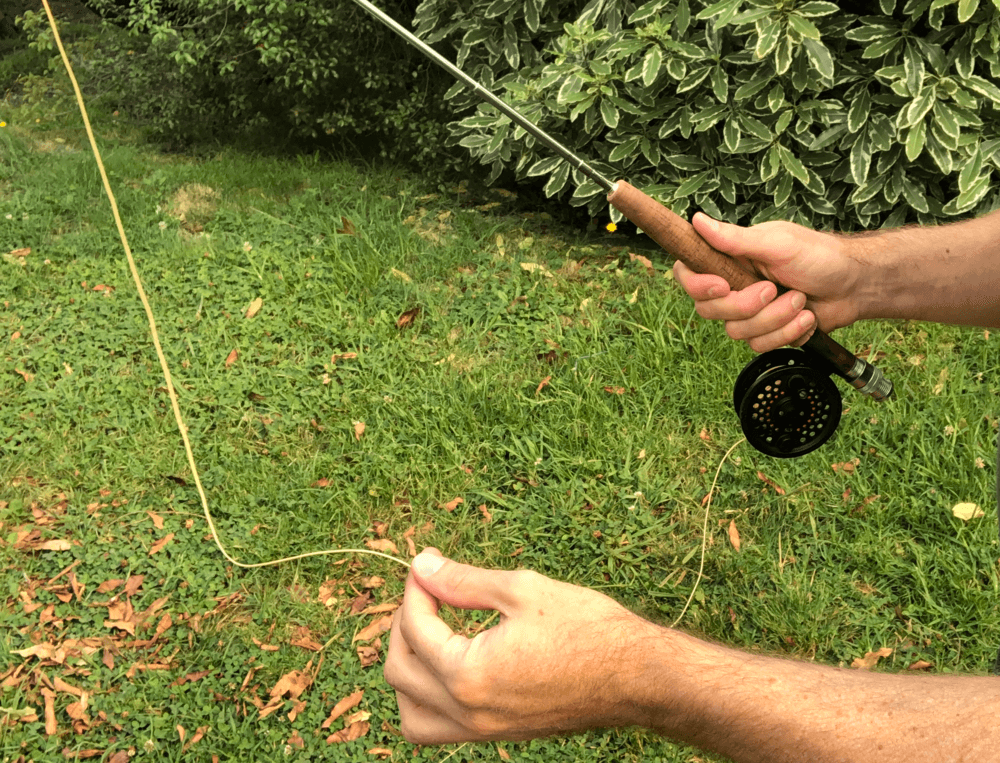
Hold the line by your reel in your non-dominant hand between your thumb and forefinger. You control the line with your hand rather than with the reel.
To start your back cast, lift your rod tip from the water smoothly accelerating until the rod is the overhead position just slightly past vertical. The key is to abruptly stop and pause giving the line enough time to fully stretch out and load the rod. We need to store up energy not swish the rod tip back and forth in the air.
The forward cast is a forward push like pushing open a screen door handle. Then snap your wrist forward. Accelerate smooth and then come to an abrupt stop with the tip of the rod at about the 10 o’clock position.
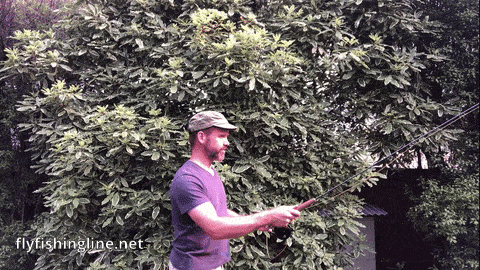
With your free hand you can pull out a bunch more line and gradually let it out between your fingers as you build your casts.
Once you’ve made your cast gently lower your rod tip below parallel with the ground. This will lay your line in the water without disturbing the fish. You then will strip in your line with your free hand. How you strip will be covered in depth in another article on presentation as it will vary depending on what type of fly you are using, the fish you are after and the time of year.
The Roll Cast
When fishing tight streams or brush banks, the roll cast can be a life saver. When you don’t have room behind you to back cast you will need to start with your line in the water. Bring your rod tip from low to the one o’clock position and without pausing point your rod where you want to send your line. Think of it as a chopping motion with the rod tip at about 45 degrees. This will cause the line to roll out hence the name. Click here to read our guide on how to roll cast.
Practice the Pause
One of the most common issue people have is not pausing long enough for the line to fully extend behind them and load the tip of the rod. If you hear a whip crack, you are starting your forward cast too soon. Not only is the whip crack a show of errors in technique it will often lead to you fly snapping off which can get expensive after a while.
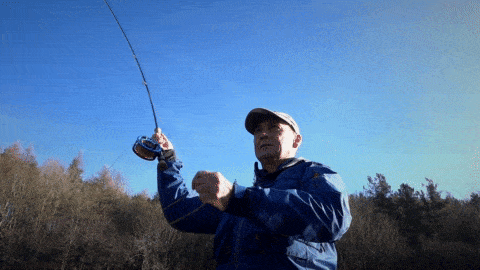
Turn your head to look so you can see the line unfurl behind you. Another approach is to look at the rod tip and pause until it is fully bent back. Through trial and error you will start to learn the right length of pause by feel. You’ll start to feel when the tip of the rod is fully loaded and ready to be cast forward.
Single Vs Double Hauling
Hauling is pulling on the line with your free hand as the rod moves though the cast adding more tension to the line. This increases the power helping make longer casts.
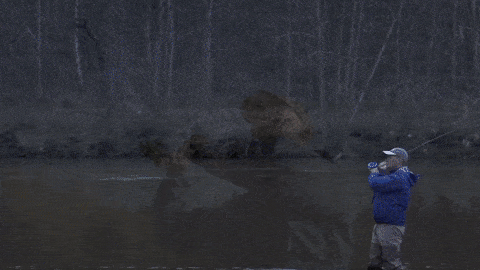
Single hauling is applying it in only one direction while double hauling is applying it in both. It is easier to learn to do it on the back cast and then once you get the hang of it then try doing it in both directions.
False Casting
This is when you cast back and forth without putting your line in the water. It can be useful for feeding out more line for longer casts but try to limit yourself to three false casts. You don’t catch fish with your line in the air.
Tips to Improve Your Casting
- Keep the tip of your rod moving in a straight line. The tip of the rod shouldn’t wrap around you but move back and forth in as straight line as possible.
- Keep the tip up and don’t be too aggressive on your forward casts to keep from developing a trailing loop. When this happens, you lose energy and your leader often will get knots in it.
- Keep your elbow in, just moving the forearm and wrist. This helps keep the rod moving in a straight line.
- You can’t muscle a fly cast. Slow down and relax. Your casts should be smooth, avoiding jerky or too powerful movements. Let the rod do its job.
- Keep your arc tight. Your rod tip should never be much behind you on the back cast. Many people try to wind up like throwing rather than letting the rod do the job.
- Dry land training. To practice head out to a local football or soccer field. Tie a piece of bright colored yarn to your tippet so you can see where you are placing your flies. The drag of the grass closely mimics the tension of water making it a great place to practice. And if you are working on how to cast longer, the measured lines help you keep track of your distance.
Watch a Video on How To Cast a Fly Rod
This video offers detailed advice on casting your fly rod.
Conclusion
Fly casting is at times both frustrating and exhilarating. You will have times you think you are doing everything right and your line still ends up a bird’s nest of knots. Don’t give up. Keep at, remember the fundamentals and keep practicing. Like any complex skill it seems daunting at first but gives great satisfaction as you get the hang of it.
